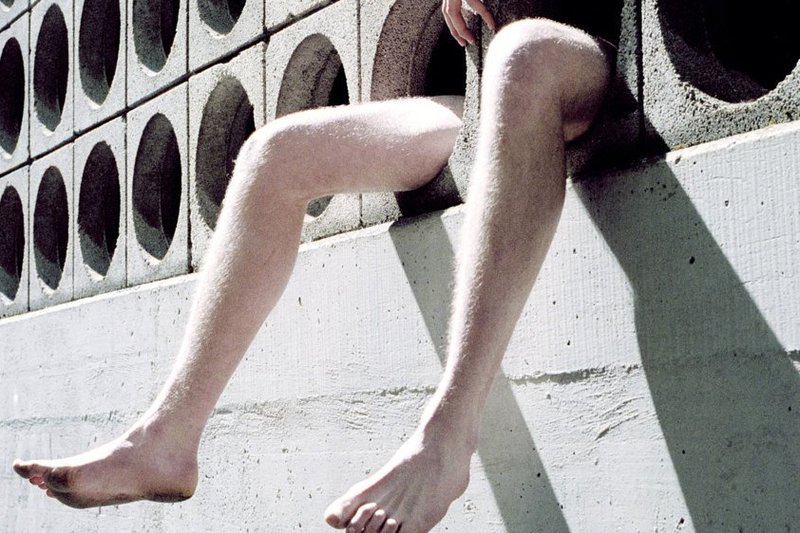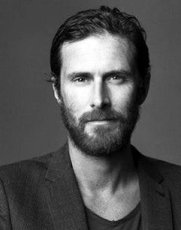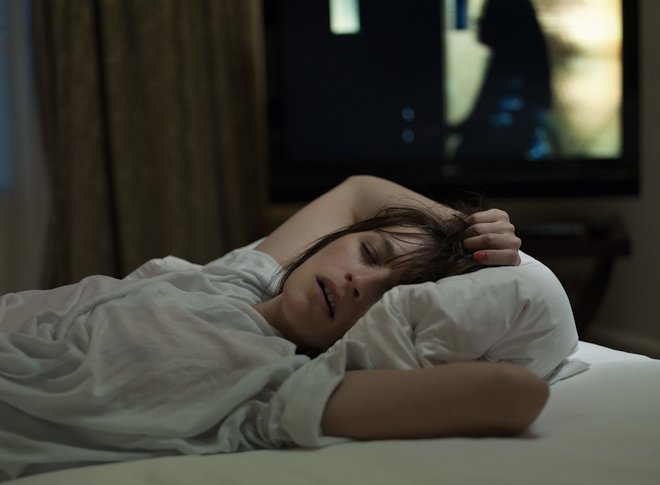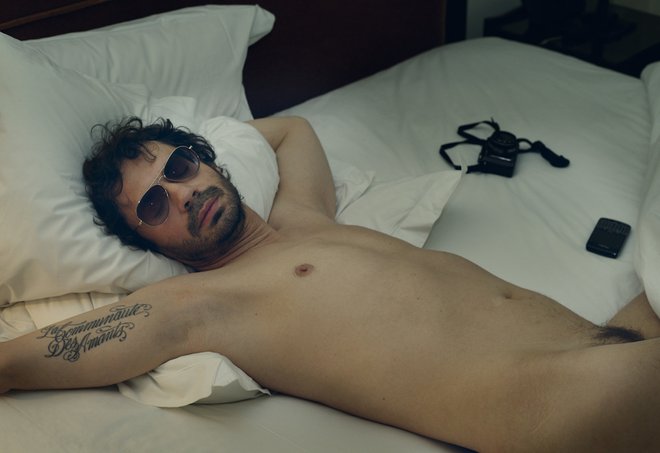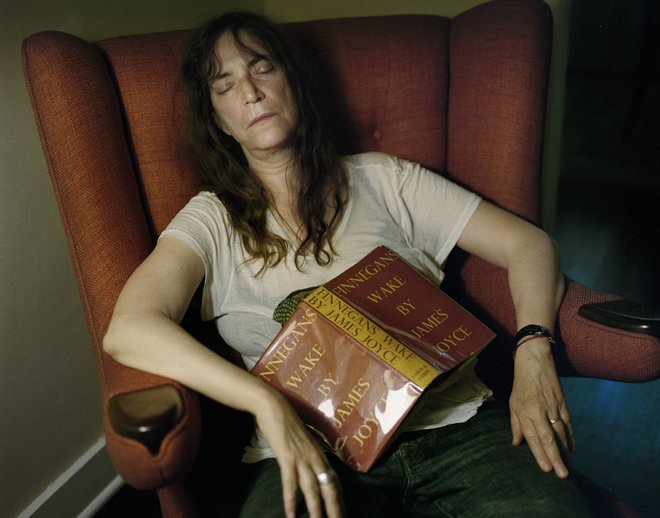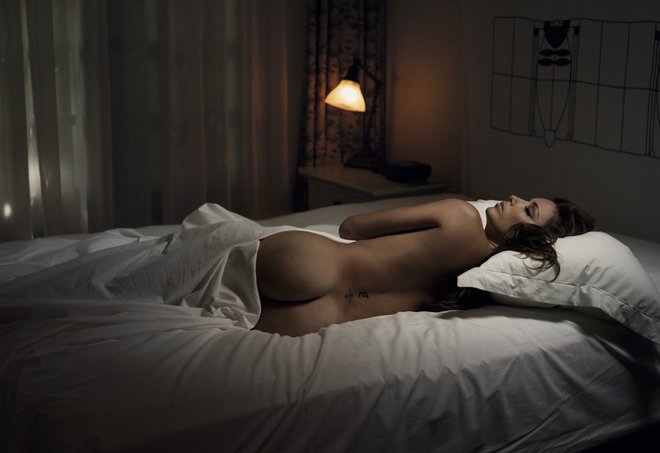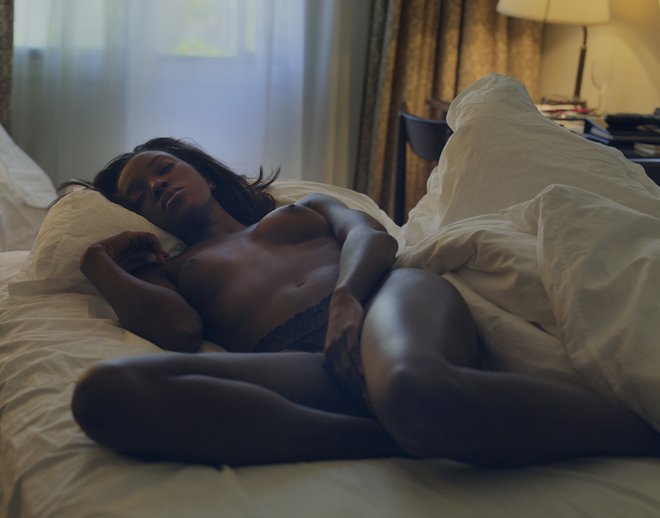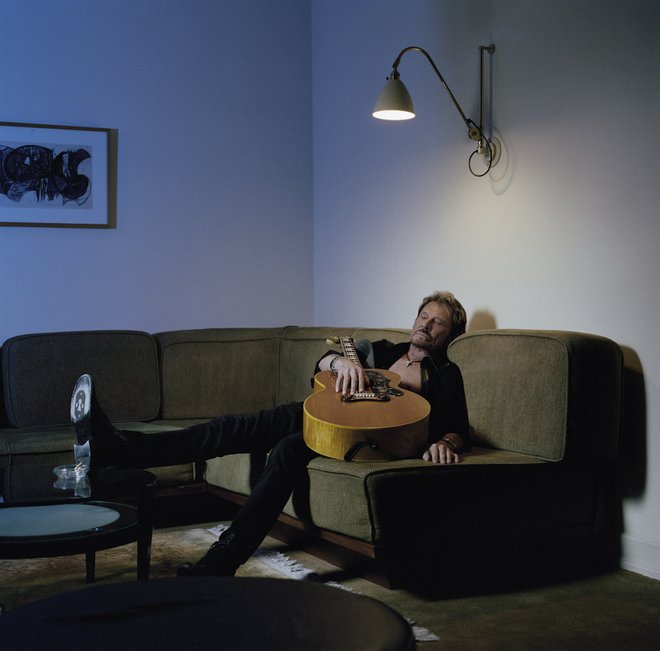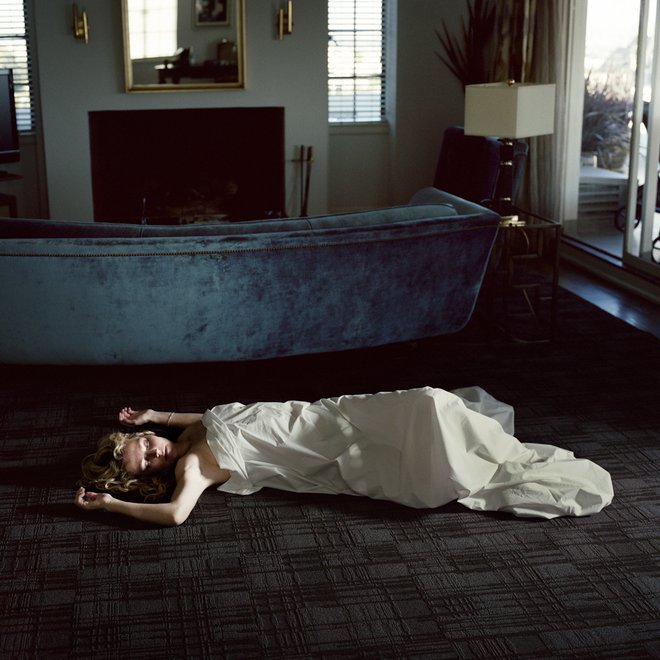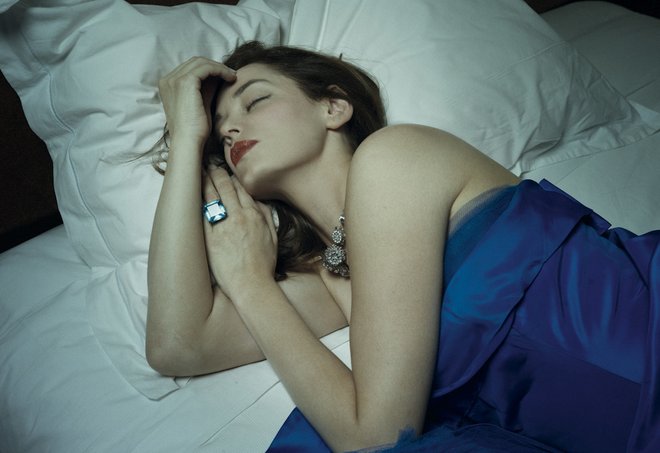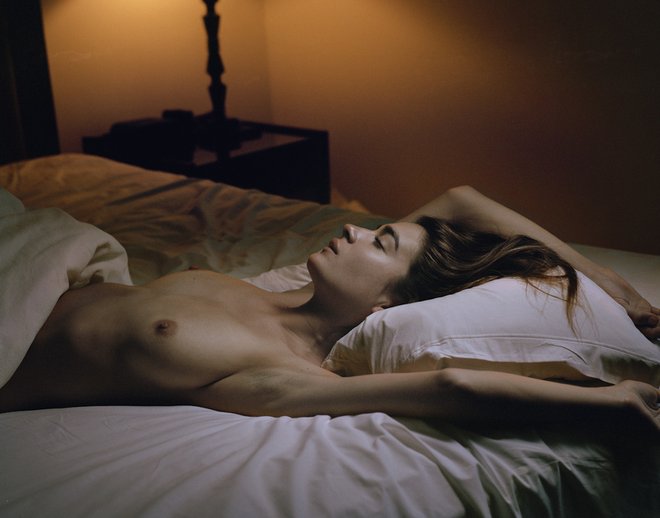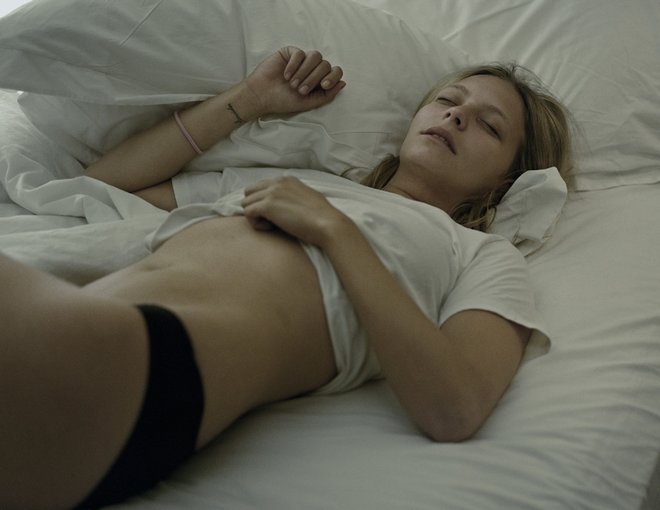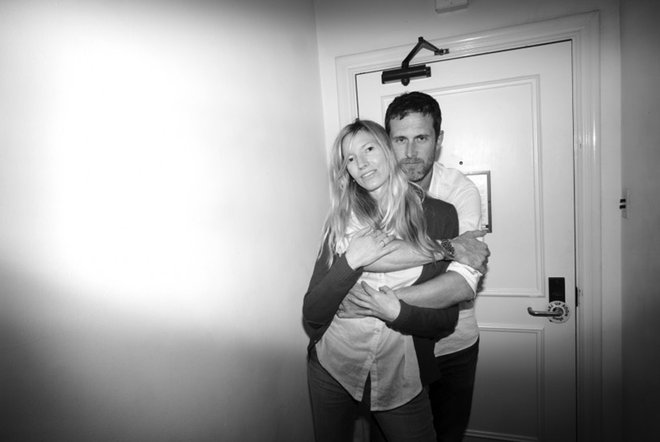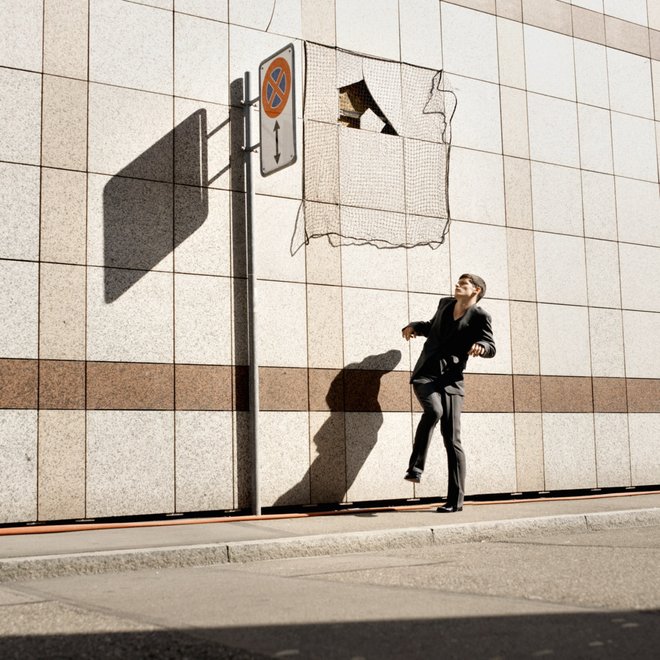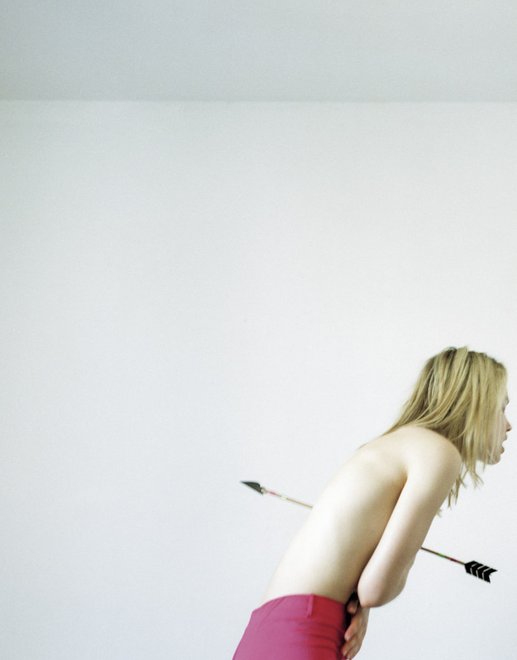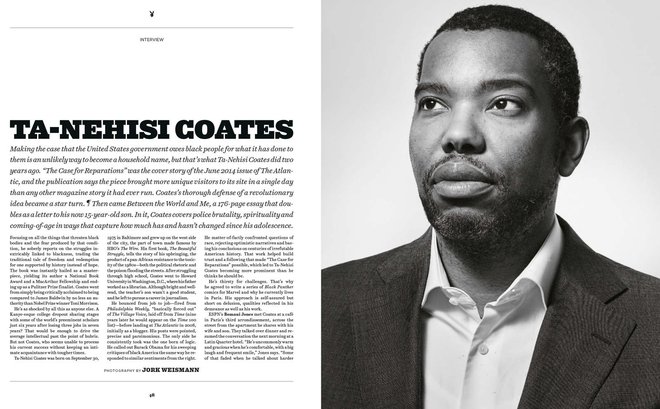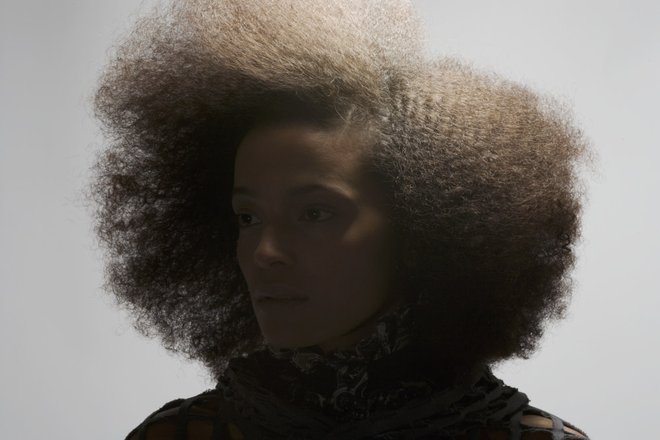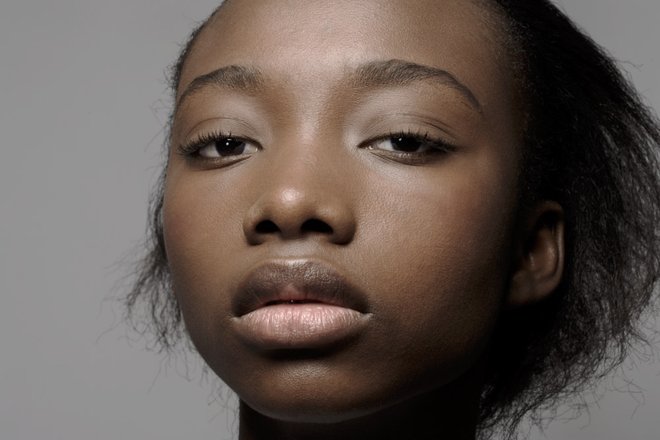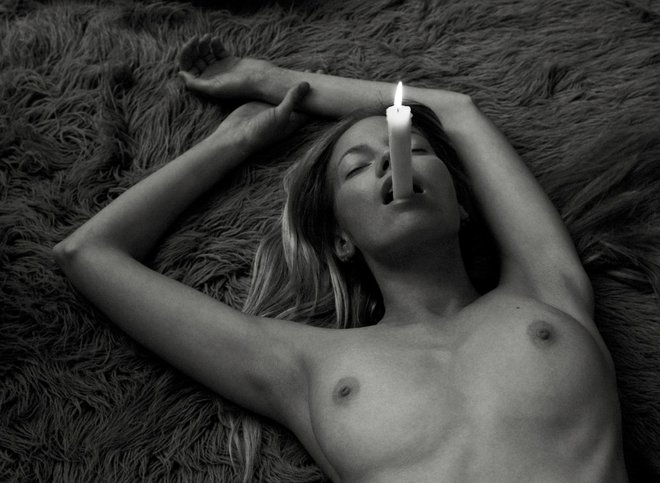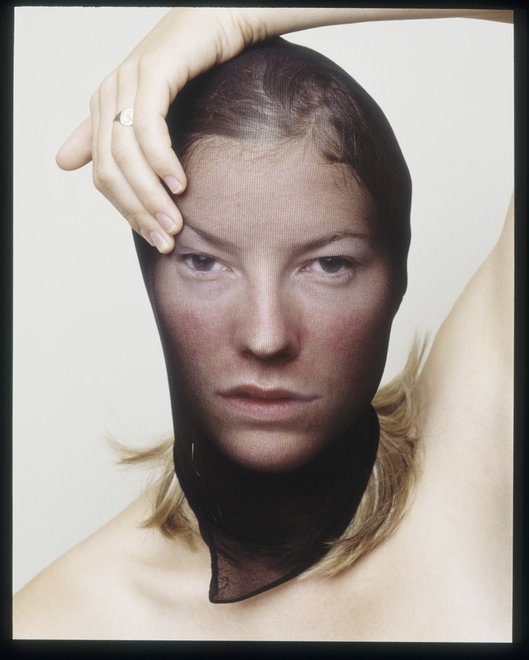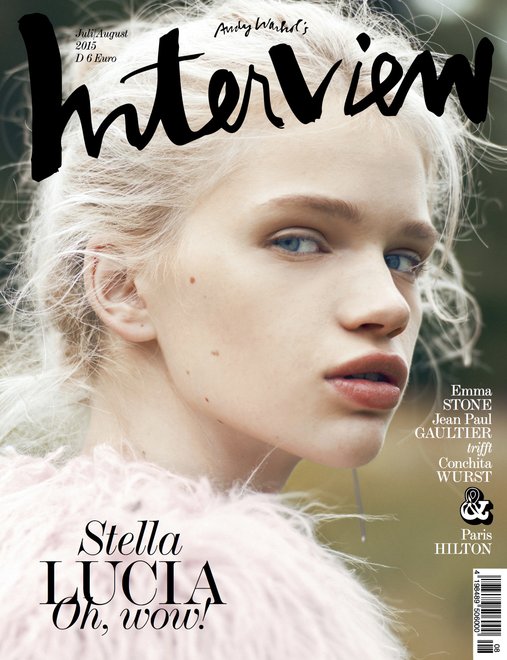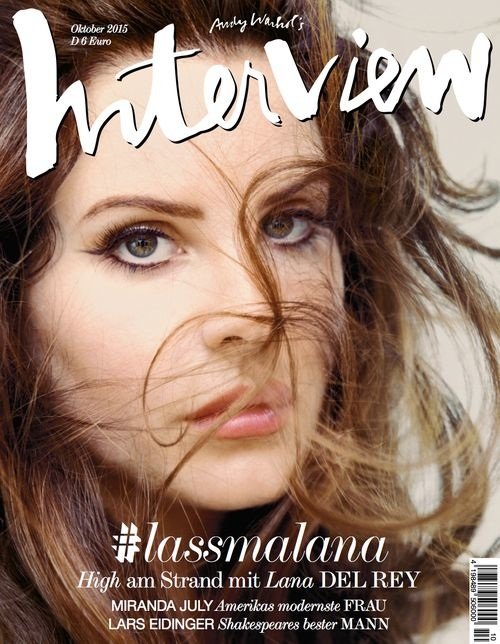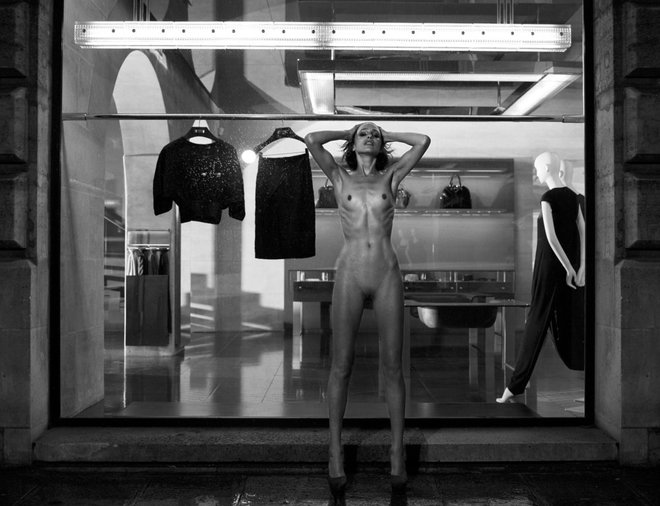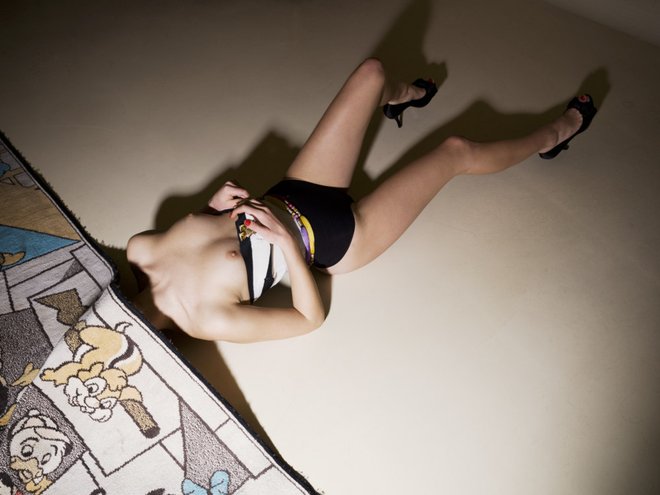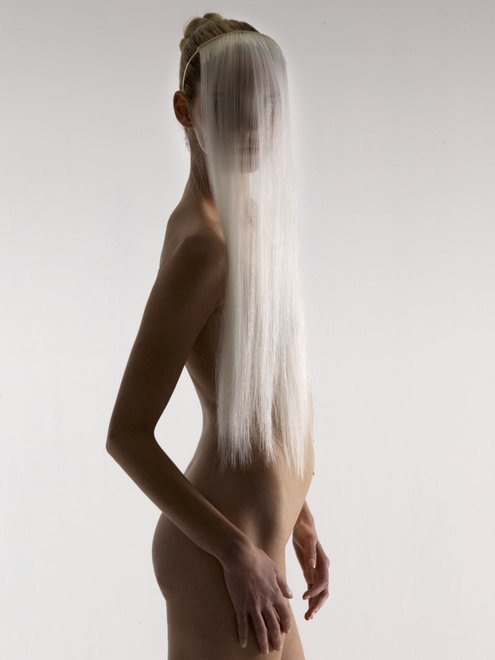Minimalism meets elegance
Jork Weismann is an internationally acclaimed and highly sought-after fashion and portrait photographer. He works together with supermodels like Gisele Bündchen, Tatjana Patitz, Caroline de Maigret, or Toni Garrn. His images are intense and minimalist. His style could best be described as cinematographic. And he calls Vienna’s third district his home. We met with him for a drink.
Petra Zechmeister: Thanks for taking time for our interview. Who have you photographed recently?
Jork Weismann: For Playboy magazine’s US Freedom Issue July/August I photographed the American journalist and writer Ta-Nehisi Coates in Paris. Since March there are no longer nude photos in Playboy. The magazine has a new concept, and quality journalism is once again the main focus. Coates’ no. 1 bestseller Between the World and Me about racism and American identity is now also available in German.
How can we imagine such a shooting? Do American magazines work differently than in Europe or in Vienna?
It is all quite structured. Each department has their own things that they are responsible for. There’s a lot of people involved, but everything typically works out very good. For the photo shoot for the interview in the Freedom Issue the magazine even sent different backgrounds to the hotel. That’s quite different compared to the European scenario.
"It’s alluring, to move from Vienna to L.A. again! Many of my friends live there!"
You make portraits of people in all sorts of surroundings. In a hotel, in their studios, in nature, or posing in fashion on the set. What’s your favorite?
I like to photograph people in their private spheres, simply because it is more exciting. Ta-Nehisi Coates, who currently lives with his family in Paris, preferred to stay in the hotel. The shooting in the hotel room where the interview was conducted was not easy: With Coates height of 190cm and a room height of two meters, even the highest available room didn’t help much.
Paris is also where your extraordinary career began.
Yes, along with London. I started in Paris working a lot for the fashion magazine Purple. The editor Olivier Zahm gave me my first commission. In the early days of the magazine he just managed to make ends meet each month. The fee was nothing special, and I also had to do better paid, more commercial jobs. But that was also extremely fun. I love to do advertising.
And then you send out the images?
No. That’s when the real work begins. Work on set goes fast, also when time is limited. The selection process and editing on screen, that’s what takes the most time.
What expectations do you have from your pictures?
Photos always harbor risks. Shootings are thrown away, and then you do it again. Often I would like to have two days for a photo shoot. After a day’s work you just come to figure out what you are looking for.
You received the most distinguished international awards, among others, the Lead Awards 2013.
Lead Awards I get quite often, which I am also quite happy out. For example, for the photo “Wenn es dunkel wird in L.A.” [When It Gets Dark in L.A.], which was published in Zeit Magazine no. 43. The project started with a request to photograph Annie Leibovitz. She was tired and nervous. I asked her to simply close her eyes for a moment. These pictures in Hotel Chateau Marmont in L.A. were the best. That led to the idea for the book Asleep at the Chateau with sleeping hotel guests.
"In America I hear: I wish I could do that. Whereas here they say: I’ll do it myself!"
Chateau Marmont belongs to the influential hotelier André Balazs. How was it to work together with him?
Very nice. André immediately liked the idea. He was enthusiastic. The book is a homage to this legendary Hollywood hotel-castle. In the chateau I photographed hotel guests such as Patti Smith, Orlando Bloom, Eva Longoria, Usher, and Jürgen Teller, among others. All of them “sleeping” with their eyes closed. One actor – probably trained in method acting – insisted that I sneak into his room in the middle of the night to photograph him sleeping for real. Bret Easton Ellis wrote the foreword, and the book was published by Damiani in 2012. The project went quite fast.
What do you think about L.A.?
I like L.A. a lot. I feel good in the city. Many of my friends live there. We keep in contact, even if it just with a short email. It’s alluring, to move from Vienna to L.A. again.
For the most part you are booked internationally. In metropolises like London, Paris, New York, and Los Angeles. How did you end up in Vienna?
That happened a few years ago. At that point my wife – Michaela Schwarz Weismann – and I had been living in London for longer. But the greater deal of my commissions were coming from Paris and Germany. The living situation in London was very cramped and our rent was horrendous. I was gone most of the time, so it seemed quite a logical decision to move away. Vienna was affordable in comparison. So we rented a flat in the neighborhood around the Arsenal, where we still live today. In the beginning we didn’t know what to do with the two extra rooms. They were empty. We were so used to the fact that there wasn’t enough space. Unfortunately, the rent price has now doubled.
What do you like about Vienna?
In Vienna you can still live a simple, uncomplicated, and relaxed life. The Viennese complain a lot, although comparatively they are well off. There are many great restaurants with good quality food. The level is high, and the prices are okay. London is completely different. It is really hard to find a halfway affordable, good quality Italian restaurant – whereas a number instantly come to mind in Vienna.
Where can Vienna still improve?
The visual culture in the city is not very strong. I don’t know if it has to do with the expulsion of the Jews out of Austria, the forced emigration of so many directors, cameramen, photographers, most of them to Hollywood, or if it is because of lacking education and training. Vienna is known as a mecca for classical music around the world. All musicians want to come here. Our neighbor is an American opera singer. She often has sessions in her apartment. In short, you could say that Vienna is a music city with a long tradition, which unfortunately lacks any form of aesthetic awareness.
"The trend is now shifting in the style and aesthetic of the 80s and 90s!"
Do you experience a different kind of appreciation for your profession in the US?
Yes. The status is different. For me, the camera is my instrument. In America I hear, “I wish I could do that,” whereas here they say, “I’ll do it myself.” In Vienna you have about a tenth of the budget in comparison, and there is the idea that there’s no difference between good and bad pictures. The motto is: “Nobody will see that,” which is not true. There’s a “cheap is cool” mentality, which results in everything really being worth less. It is very difficult to convey quality and that quality also costs something. But don’t get me wrong: There are also world-class art directors here in Vienna with an extremely good understanding of their field. Combating this trend is a good position for me. It prods my ambition (laughs).
Jürgen Teller, who you made a portrait of for the book, likes to make photos of himself. Naked, too, or at least in shorts. Or Terry Richardson, he likes to give his camera to his assistants or models occasionally. Do you like being photographed?
No, not all, unfortunately.
Why unfortunately? Terry Richardson was wonderfully shocking in 2003 with his long-lasting erection in “Terryworld”. Today everyone knows his images and distinctive poses with a flannel shirt and his moustache.
Both of them created a brand with tremendous added value. They almost celebrate their own self-portrayal. Unfortunately, I can’t do that. I don’t find Jürgen Teller unsympathetic. I really liked his “Irene im Wald” [Irene in the Forest] series with his mother. I like his work. I’ve been friends with Olivier Zahm, the founder of Purple magazine, since the 1990s, and that’s also how I met Terry Richardson. In 1994 we even had a show together in Japan. Terry advised Olivier to make a brand. It worked for Olivier. Like I said, I can’t do that.
Hasn’t this “dirty people” style become a bit inflationary, worn-out, and boring in the meanwhile?
Yes, this trend is now shifting from proletarian to a classic, in the style and aesthetic of the 80s and 90s. For me, fashion is something beautiful, elegant. So it complements my work very well.
A few quick questions to conclude. A great Austrian model?
Iris Strubegger from Salzburg, but also Helena Severin, Stella Lucia, and Julian Schneyder.
An Austrian agency?
Grafisches Büro in Vienna.
Precedents in fashion photography?
Helmut Newton, Lord Snowdon, and then Guy Bourdin – actually I have difficulties talking about precedents, but Newton is the one who knew everything…
Digital or analog?
Now it’s analog once again. Analog always before digital.
Thanks for the conversation and the wonderful photos!
Jork Weismann’s works have won international prizes: Gold in the category “Fashion” at the annual SPD in New York (2014), a Lion in Cannes (2014), D&AD / London (2014), Lead Awards / Hamburg, Vienna Fashion Award, Prix de la Photographie / Hyeres, CCA / Vienna. Annie Leibovitz posed for him, as did Udo Kier, Matt Dillon, and Eva Longoria, with whom he also did a nude shooting once. His works have been published in fashion and lifestyle magazines such as Harper’s Bazaar, Interview, Achtung, Purple, Dazed & Confused, Monocle, FAZ, Süddeutsche Magazin, Zeit-Magazin, Conde Nast Traveller, GQ, Jalouse, Squint, New York Times Magazine or Vanity Fair.
Among his campaigns for commercial clients: Kostas Murkudis, Bogner, Mitch & Co, Mercedes, Der Spiegel, Bogner Jeans, Bank Austria, Wiener Städtische, Palmers, Generali, Bipa, TheStandard Hotels, Fly Porter, Vöslauer, Maendler, Marco Polo, Impulstanz, Schiesser, New York Industries, Raiffeisen, bet-at-home.com, Kleine Zeitung, Bad Gastein, Wiener Festwochen und Viennale.
www.jorkweismann.com
